
OR
Macroeconomic situation report
External sector position worsens further
Published On: February 15, 2019 12:39 PM NPT By: Republica | @RepublicaNepal
Most of the economic indicators negative
KATHMANDU, Feb 15: The balance of payment (BoP) position of the country continued to slip in the deficit in the first six months of Fiscal Year 2018/19, indicating that the external sector position of the country is worsening.
Unveiling the ‘Current Macroeconomic and Financial Situation of Nepal (Based on Six Months’ Data of 2018/19) on Thursday, the NRB said that the BoP remained at a deficit of Rs 63.68 billion in the review period compared to a deficit of Rs 6.66 billion in the same period of the previous year.
BOP refers to the record of all international trade and financial transactions made by a country with others. BoP deficit occurs when a country imports more than it exports.
Experts say that when the BoP continues to be in red over a prolonged period, there is a risk of country running out of money to make payments for essential imports. When the country cannot save enough to pay for its imports, it has to first dip into the foreign exchange reserve to make the international payment. Continuous burning of the foreign exchange reserve would drain reserve which can lead to the crisis.
According to the data, the gross foreign exchange reserves of the country depleted to Rs 1058.2 billion as at mid-January from Rs 1102.59 billion in the same period last year.
In the US Dollar terms, the forex reserve fell to 9.41 billion as at mid-January 2019 from 10.08 billion as at mid-July 2018. The NRB’s periodic report said that the foreign exchange holdings of the banking sector is sufficient to cover the prospective merchandise imports of 8.9 months, and merchandise and services imports of 7.8 months.
The total trade deficit widened by 23.1 percent to Rs 678.53 billion in first six months of 2018/19, according to the central bank. While the merchandise import jumped up by 30.5 percent to Rs 723.94 billion, exports grew by only 10.3 percent to Rs 45.41 billion.
At a time when most of the economic indicators are negative, the remittance growth remained robust in the review period. According to the data, the remittance inflow rose 30.2 percent to Rs 443.36 billion in the review period compared to a decline of 0.5 percent in the same period of the previous year.
In the sixth month of the current fiscal year, consumer price inflation rose to 4.6 percent from 4 percent a year ago The NRB data shows food and beverage inflation stood at 2.7 percent compared to 2.4 percent a year ago, while non-food and service inflation was at 6.1 percent in mid-January 2019 compared to 5.3 percent a year ago.
You May Like This

NRB tightens noose on import of luxury items amid declining foreign currency reserves
KATHMANDU, Dec 21: Nepal Rastra Bank (NRB) has asked importers of selected luxury items to maintain cent percent cash margin to... Read More...
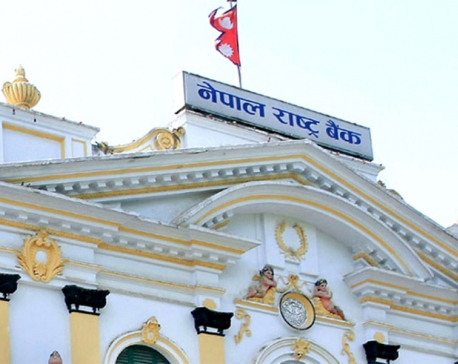
Rise in government spending fuels imports, says NRB
KATHMANDU, Feb 20: A recent study conducted by the Nepal Rastra Bank (NRB) shows that rise in government spending also fuels... Read More...

NRB provides refinance facility of Rs 2 billion
KATHMANDU, Oct 26: Nepal Rastra Bank (NRB) has provided Rs 1.99 billion worth of refinance facility over the first two months... Read More...




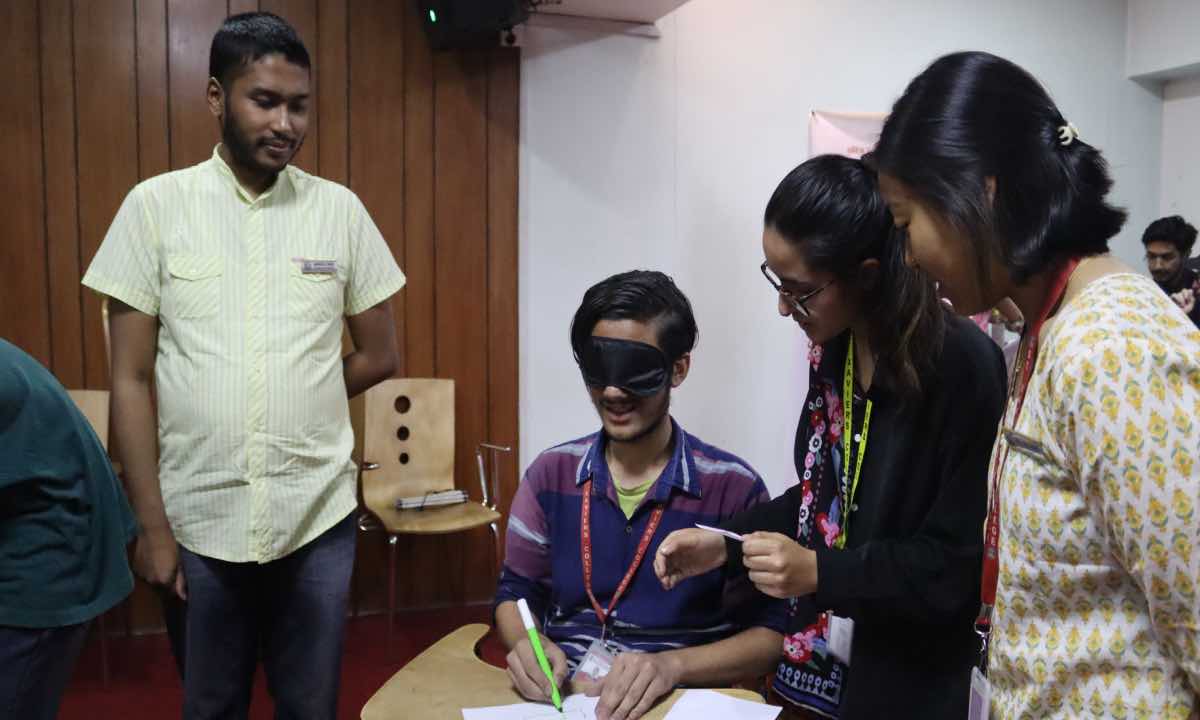

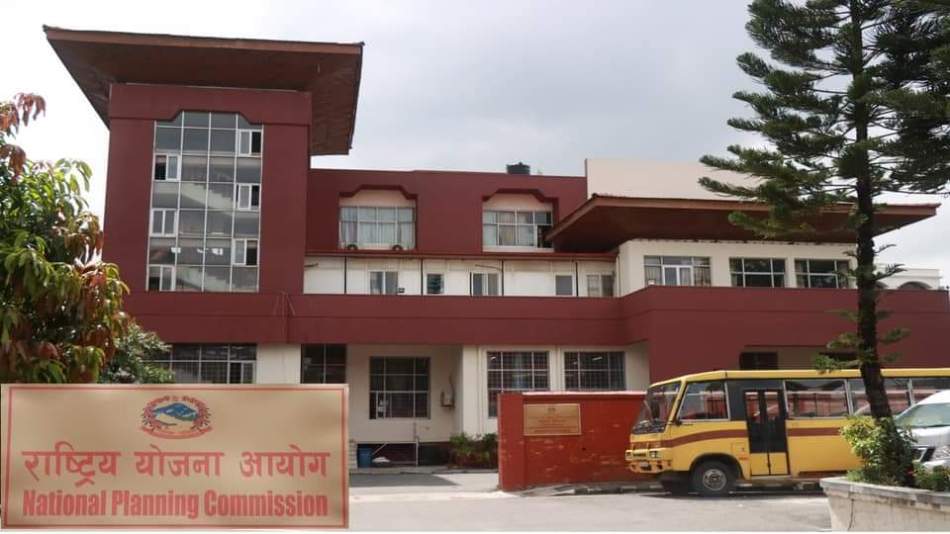

Just In
- One killed in tractor-hit
- Karnali Chief Minister Kandel to seek vote of confidence today
- Chain for Change organizes ‘Project Wings to Dreams’ orientation event for inclusive education
- Gold price decreases by Rs 200 per tola today
- National Development Council meeting underway
- Meeting of Industry, Commerce, Labor and Consumer Welfare Committee being held today
- Nepali announces cricket squad under captaincy of Rohit Paudel for series against West Indies 'A'
- Partly cloudy weather likely in hilly region, other parts of country to remain clear








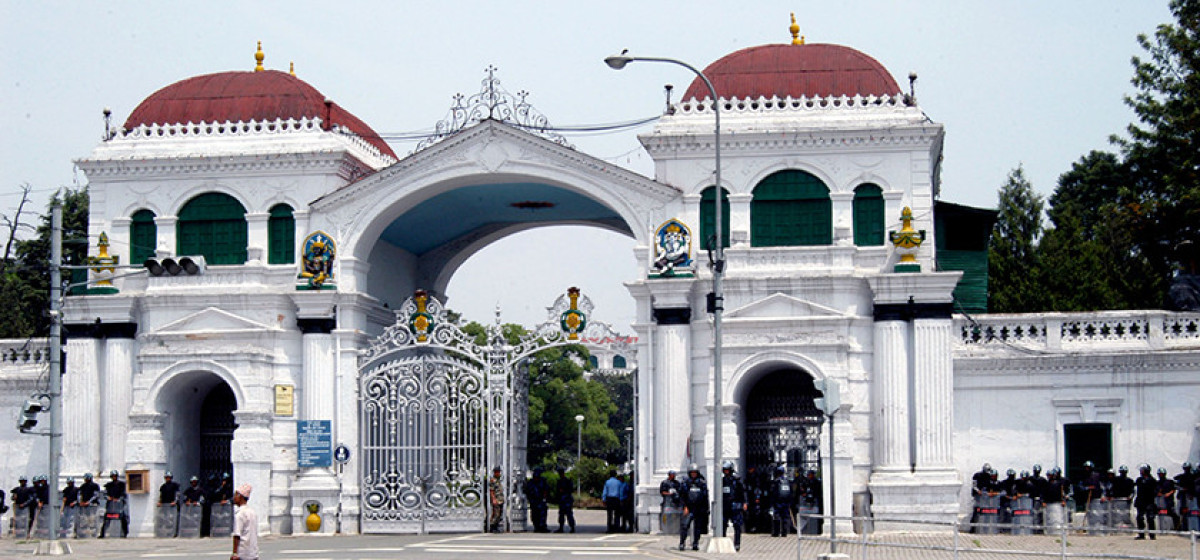
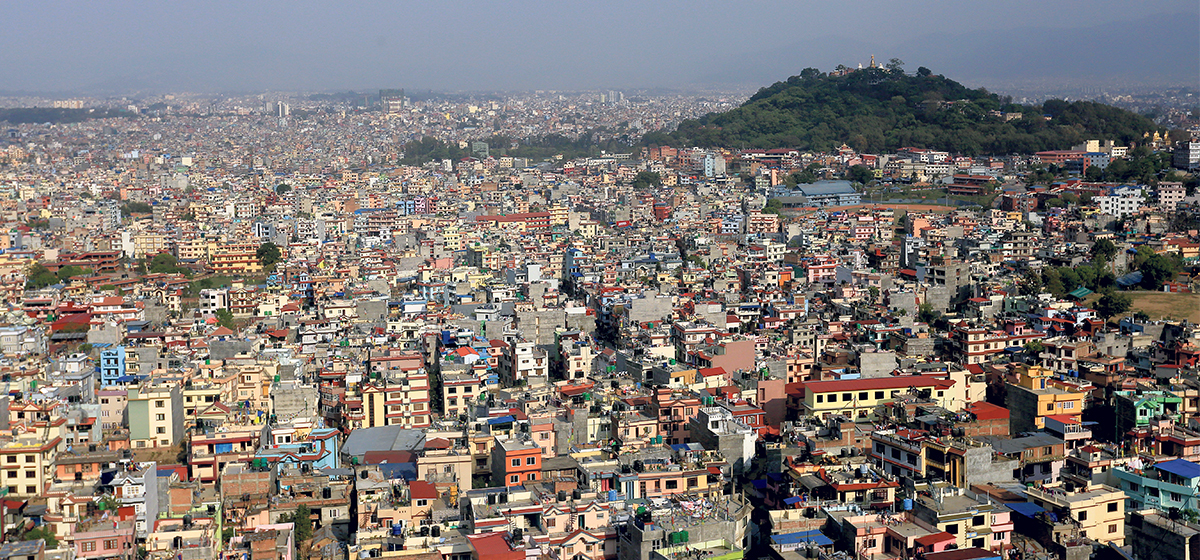
Leave A Comment